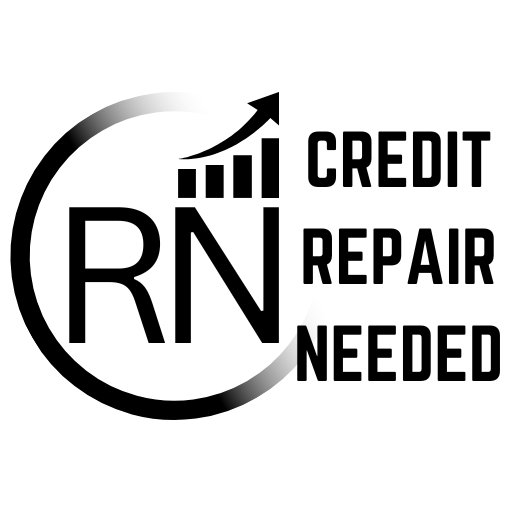Debt Strategy: Negotiate with creditor
Negotiating Strategy for Creditors
Introduction
Credit Negotiation
This guide will help you prepare for and execute effective negotiations with your creditors, empowering you to regain control and secure the financial relief you need.
1. Prepare Your Case
Strategy: Know Your Situation Inside Out
Before entering negotiations, gather all relevant information about your debts and financial situation. This knowledge will give you confidence and credibility during discussions.
Preparation Checklist:
- List all your debts, including creditor names, account numbers, and balances
- Compile your income sources and amounts
- Document your monthly expenses
- Prepare a brief explanation of why you’re facing financial difficulties
- Research your rights under the Fair Debt Collection Practices Act (FDCPA).
2. Set Clear Goals
Strategy: Define Your Objectives
Determine what you want to achieve from the negotiation. Having clear goals will guide your approach and help you stay focused during discussions.
PRO TIP
Be realistic in your goals. Consider what you can genuinely afford and what the creditor might reasonably accept.
Possible goals might include:
Determine what you want to achieve from the negotiation. Having clear goals will guide your approach and help you stay focused during discussions.
- Lowering interest rates
- Reducing the overall debt amount
- Creating a more manageable payment plan
- Removing late fees or penalties
3. Understand Your Leverage
Strategy: Identify Your Negotiation Power
Recognize what you have to offer the creditor and why they might be willing to negotiate.
Potential leverage points:
- Your history as a good customer before financial difficulties
- Your ability to make a lump-sum payment (if possible)
- The creditor’s desire to recover some money rather than risk getting nothing
- Your willingness to commit to a new payment plan
4. Initiate Contact
Strategy: Choose the Right Communication Channel
Decide whether to negotiate via phone, email, or letter. Each has its advantages:
Potential Channels:
- Phone: Allows for immediate back-and-forth discussion
- Email: Provides a written record and gives you time to think between responses
- Letter: Formal and can be effective for initial contact or summarizing agreements
5. Present Your Case
Strategy: Be Honest, Clear, and Concise
When presenting your situation and proposal, be truthful about your circumstances and clear about what you’re asking for.
6. Listen and Be Flexible
Strategy: Be Open to Counter-Offers
Listen carefully to the creditor’s response and be prepared to adjust your proposal if necess
Possible goals might include:
Remember, negotiation is a two-way process. The creditor may have alternative solutions that could work for both parties.
7. Get It in Writing
Strategy: Document Everything
Once you reach an agreement, ask for it in writing. This protects both you and the creditor and prevents future misunderstandings.
PRO TIP
Important: Do not make any payments until you have the agreement in writing and have reviewed it carefully.
8. Follow Through
Strategy: Honor Your Commitments
Once an agreement is reached, make sure you fulfill your end of the bargain. This maintains your credibility and can be crucial if you need to negotiate again in the future.
Additional Tips for Successful Negotiations
- Stay calm and professional throughout the process
- Be persistent but patient
- Don’t be afraid to ask for a supervisor if you’re not making progress
- Consider seeking help from a credit counseling agency if negotiations become overwhelming
- Keep detailed records of all communications, including dates, times, and names of representatives you speak with
PRO TIP
Remember: Creditors often prefer to negotiate rather than risk not recovering any money. Your willingness to communicate and find a solution can often lead to a positive outcome for both parties.
